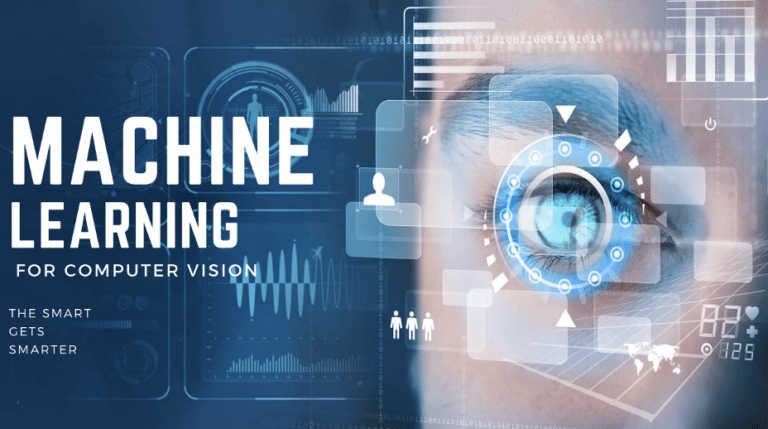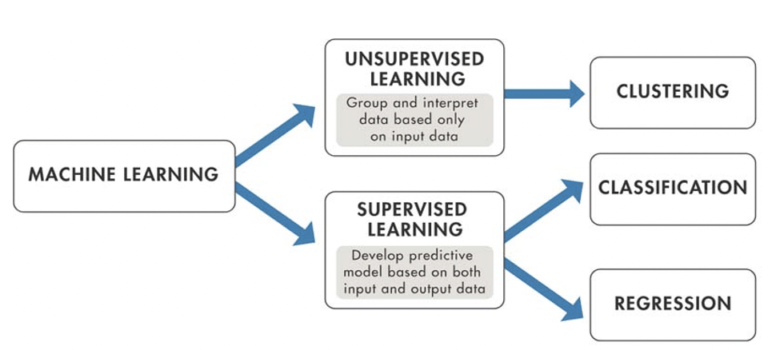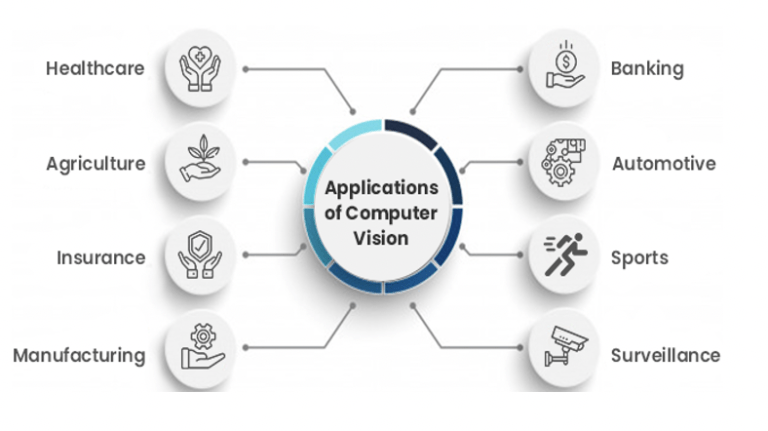
Machine Learning For Computer Vision
“Computers can see, hear and learn”
Sounds unreal, No? The answer is MACHINE LEARNING and COMPUTER VISION.
Machine Learning has received increased attention in recent years and it’s getting ubiquitous as its applications range from self-driving cars to predicting deadly diseases such as ALS.
ML is the red hot study that enables the computer to learn without being programmed precisely. The foremost aim is getting Machines to solve problems by gaining the ability to think and improve with experience…After reading this, one thing must have popped in your head ‘How is it done!’
DATA and Algorithms, this is the duo that makes Machine Learning viable. The Machine Learning algorithms are edified on the Train Data, and then the resulting model is evaluated on the Test Data. The classification below will help you get clear with things.

What is Computer Vision?
We all know that data can be big, and BIG DATA can have any category of data, it can be text, numerical, ordinal data, images, videos, etc. Wait, what! Images and video, how are they classified by the computer?
This is where Computer Vision aka CV comes in. It is a branch of Artificial Intelligence and Machine Learning. Computer vision is a field that works on enabling computers to see, identify and process images in the same way that human vision does, and then provide appropriate output. That’s Interesting, but how does this help us? Take a look at the applications of computer vision below.

But the computer doesn’t see the images as humans do. We often see the number of rows and columns expressed as the image resolution. For example, an Ultra HD TV has a resolution of 3840×2160, meaning that it’s 3840 pixels wide and 2160 pixels high.
But a computer does not understand pixels as dots of color. It only understands numbers. To convert colors to numbers, the computer uses various color models. In color images, pixels are often represented in the RGB color model. RGB stands for Red Green Blue. Each pixel is a mix of those three colors. RGB is great at modeling all the colors humans perceive by combining various amounts of red, green, and blue. Whereas in grayscale (black and white) images, each pixel is a single number, representing the amount of light, or intensity, it carries. In many applications, the range of intensities is from 0 (black) to 255 (white). Everything between 0 and 255 is various shades of gray.
The idea of machine learning demonstrates and propagates the fact that computers have the ability to improve themselves over time. As we’ve already learned that ML has been widely equipped in almost every technology that we use, it also synergizes with Computer Vision which makes it even more robust.
Some of the real-life application of this ML-CV Combo are
- Optical Character Recognition
- Face Detection
- Remote Sensing
- Self Driving cars
- Robot Navigation
Bravo! Computer vision has got extremely fruitful applications. But what makes it so are the machine learning algorithms and the libraries which in turn contain these algorithms.
The commonly used algorithms are neural networks, k-means clustering, and support vector machine.
Numerous deep learning libraries are available that are being used to carry out n number of tasks like image processing, object detection, and classification, extracting useful information from images and videos.
Some of the densely used libraries are PyTorch, TensorFlow, OpenCV, Caffe, VXL, and many more.
The fantasy that a machine is capable of simulating the human visual system is old, and we are moving forward to achieve this insatiable fantasy.
We, at Datatron, provide an enterprise-grade platform that helps you to supervise your Machine Learning models for high precision deployment to meet the regulatory requirements and effective management of the entire machine learning life cycle.
Follow us on Twitter and LinkedIn.
Thanks for reading!
